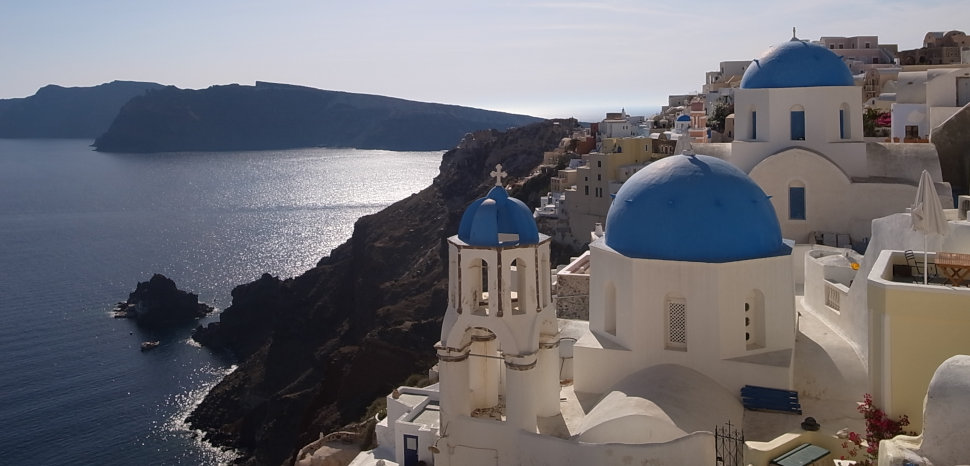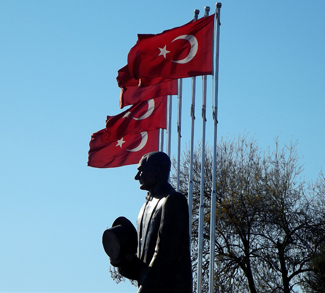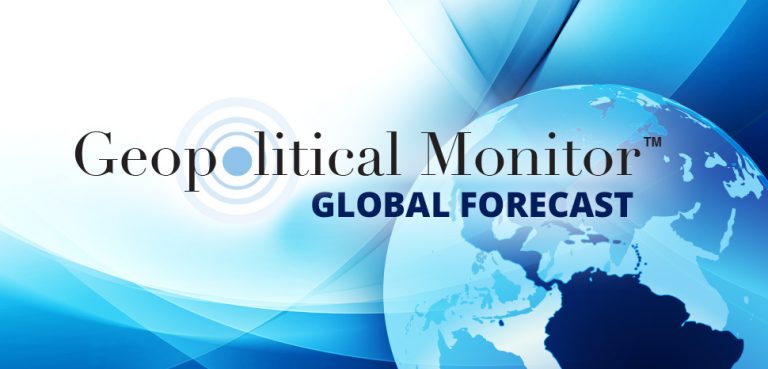Tension in the Eastern Mediterranean has been on the rise over the past few years. Amid longstanding maritime disputes and the discovery of rich gas deposits, Turkey has been acting with increasing boldness. In a dynamic that resembles the one observed in the South China Sea, Ankara has claimed waters that the international community considers part of Greece and Cyprus by combining assertive rhetoric with controversial legal arguments and military maneuvers. In November 2019, Turkey signed a controversial deal with Libya’s UN-backed Government of National Accord (GNA) on the delimitations of the respective exclusive economic zones (EEZ), which attracted much criticism as it ignores the presence of Crete. In August 2020, Greece reached a similar agreement with Egypt, causing Turkey to protest as – according to its declarations – it violates its rights over the continental shelf.
Later in the same month, Ankara sent a seismic survey vessel named Oruç Reis alongside five warships in waters south of the Greek island of Kastellorizo, which are considered part of Greece’s EEZ, thus attracting condemnation from the international community. The Greek military followed the Turkish formation closely to monitor its movement, and at one point a Greek frigate collided with a Turkish one. At that point, France intervened by sending a warship to take part in joint maneuvers with the Greek Navy and by dispatching two Rafale fighters to Crete. The United Arab Emirates took similar measures by dispatching four F-16 jets to train with the Greek military in Crete.
The issue has become increasingly tense amid such military posturing, and the fact that it is intimately linked with other geopolitical hotspots in the Mediterranean makes the situation all the more volatile looking ahead.




